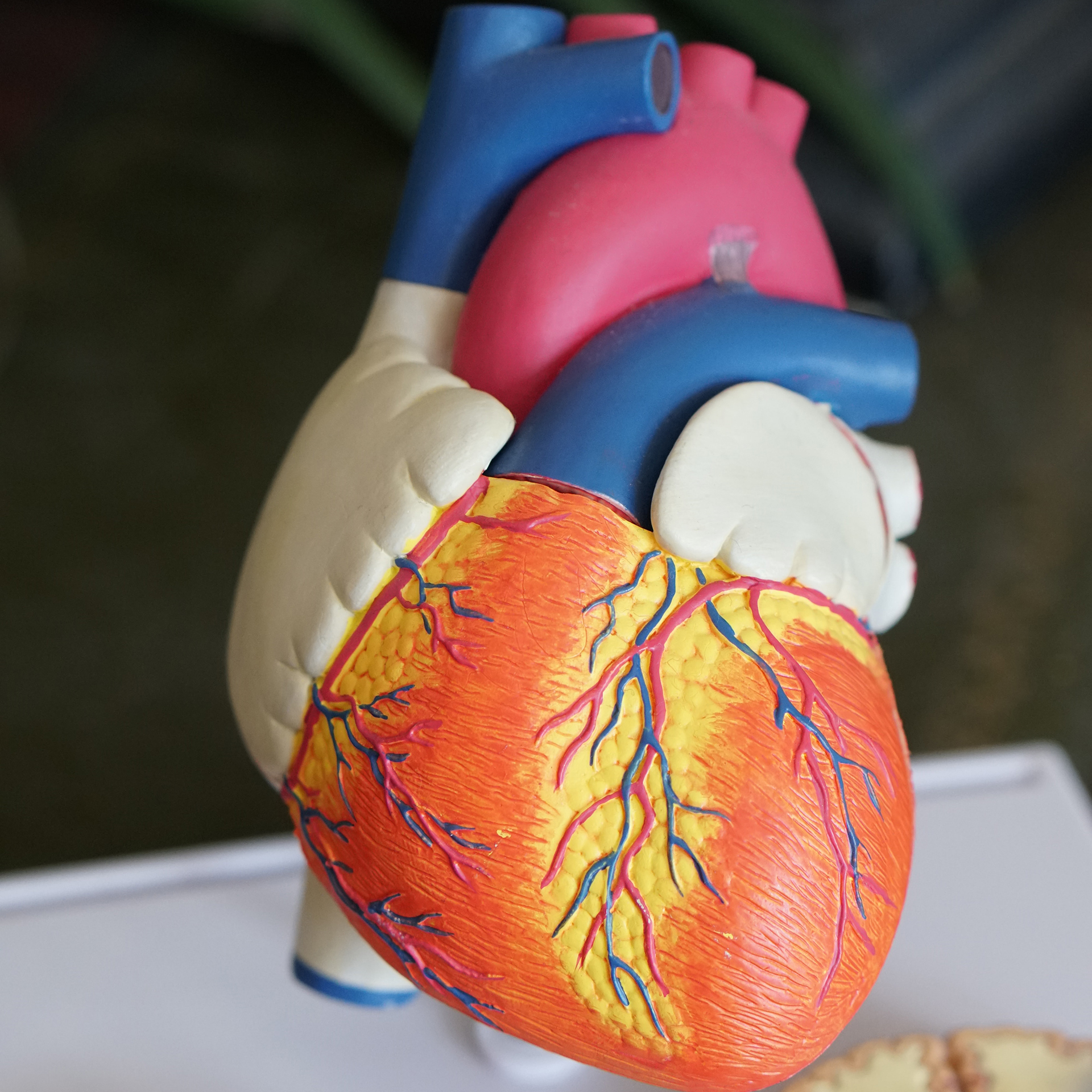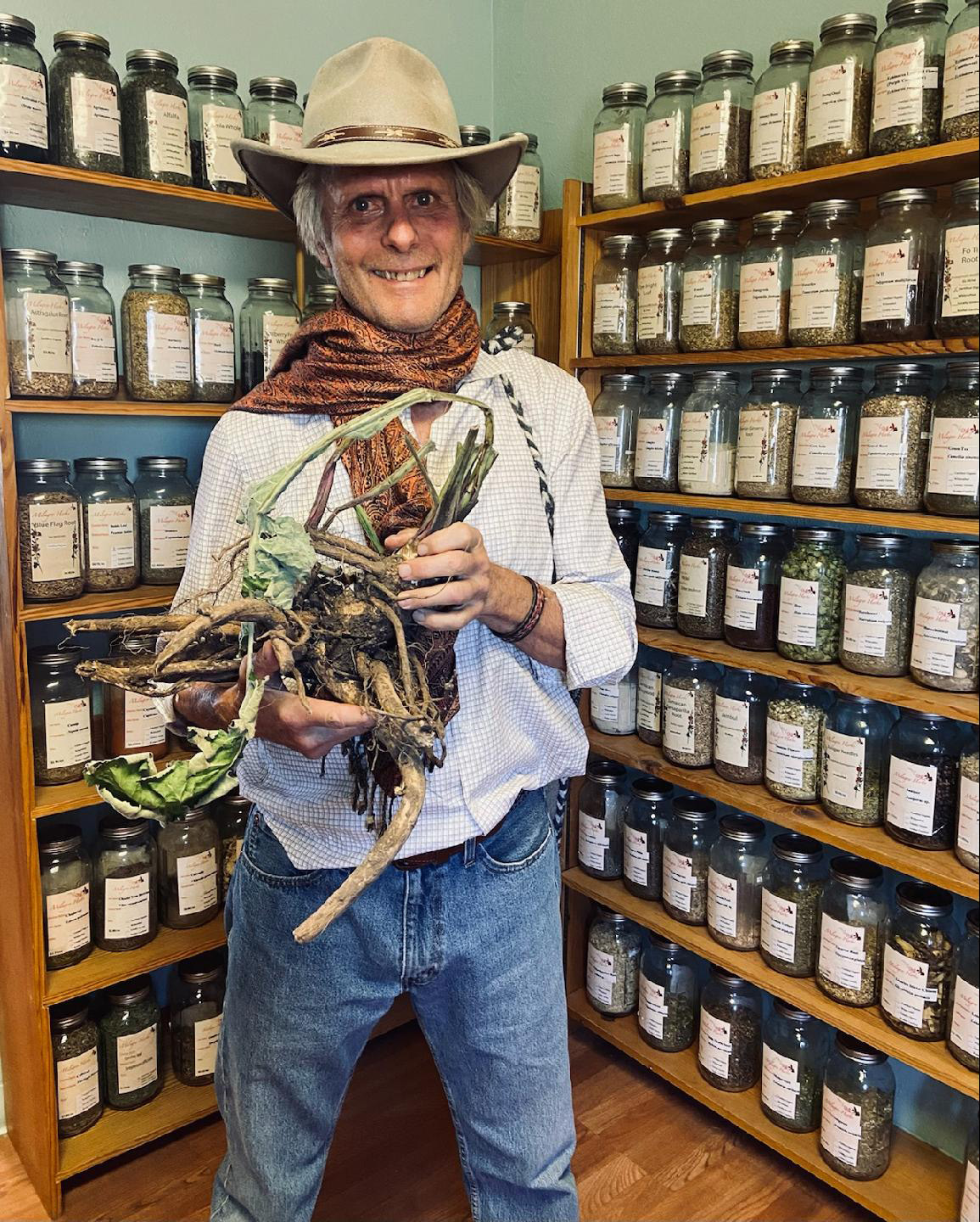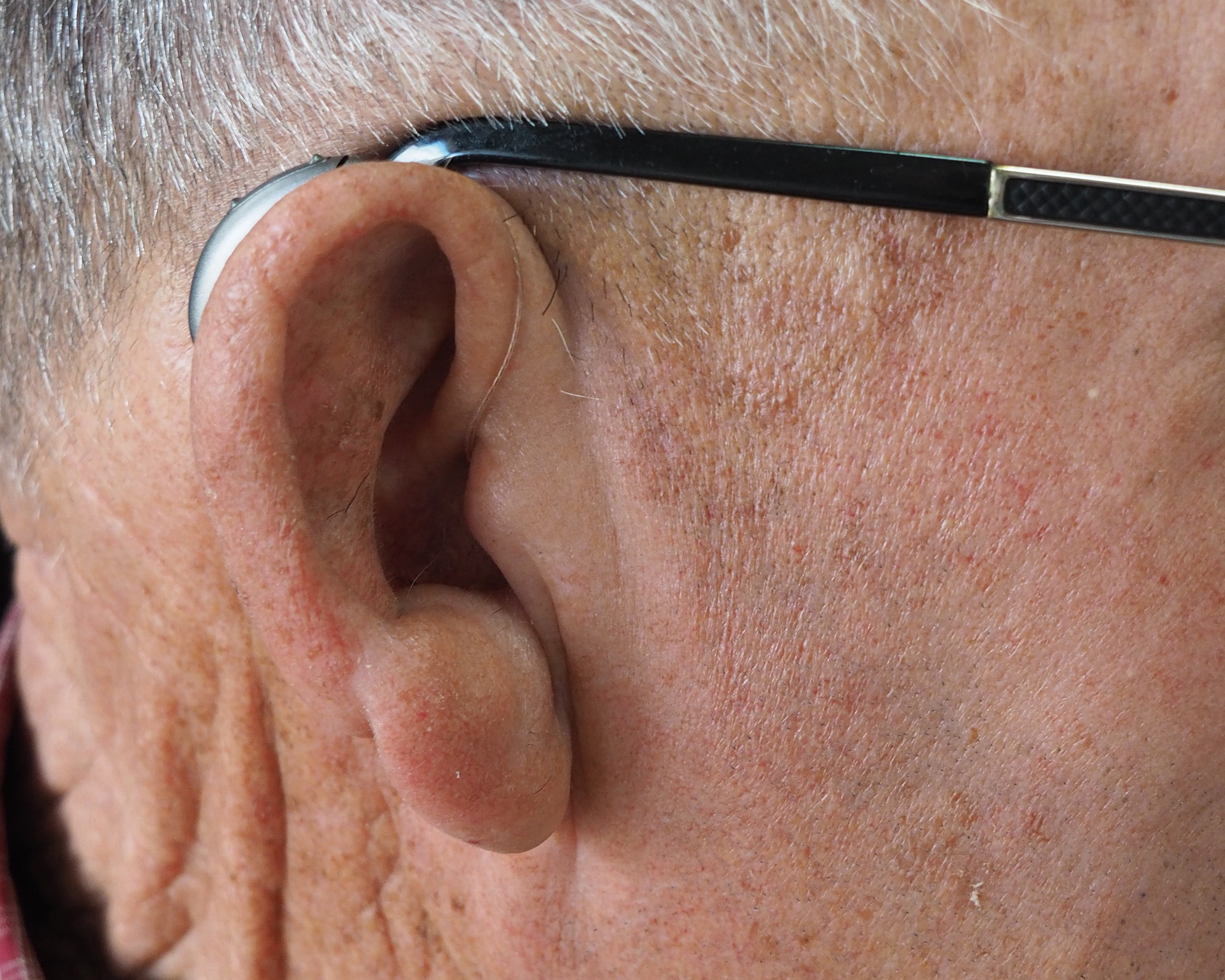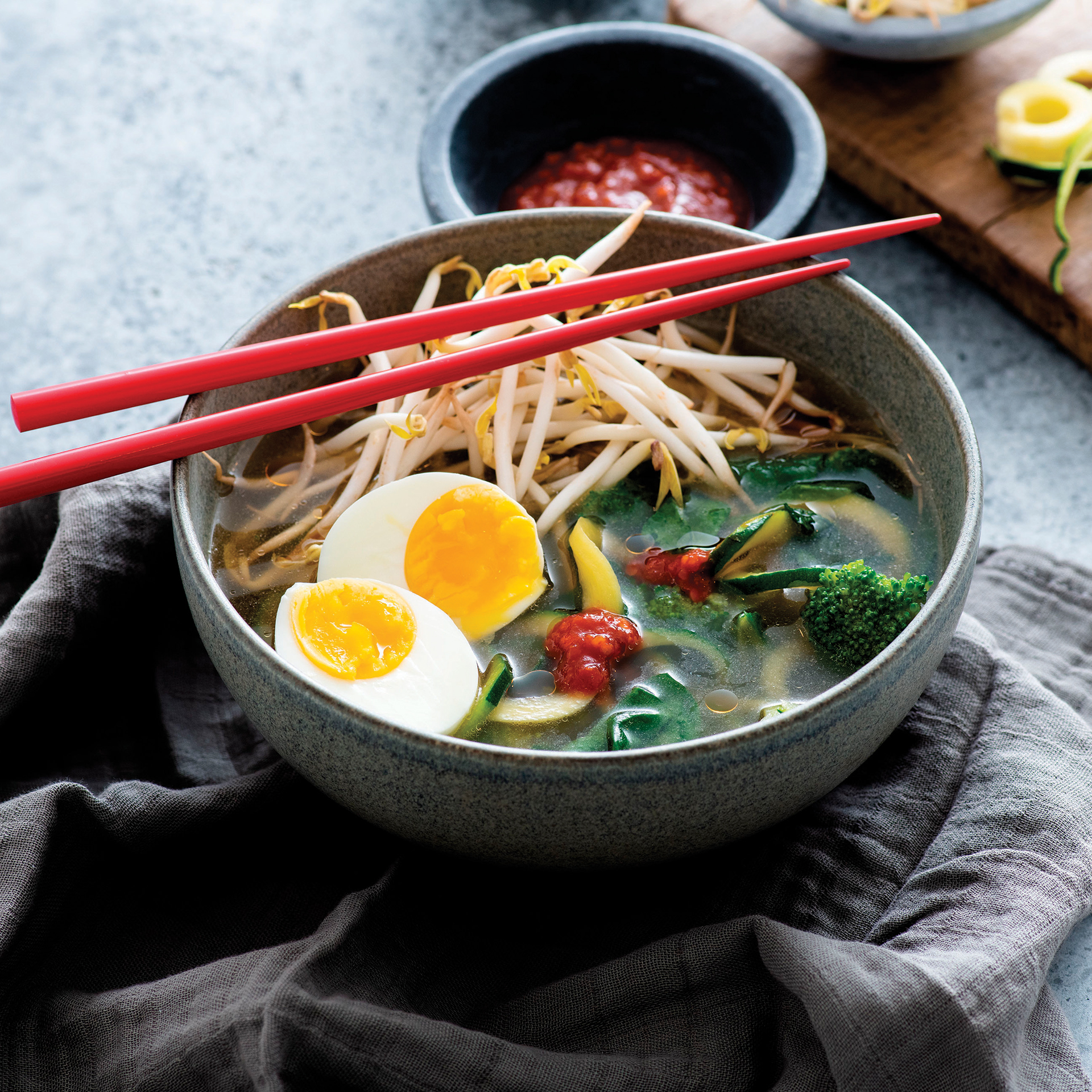By Dr. Shellie L. Rosen, DOM, L.Ac.
Are you getting tired of your same old summer snacks? Have you added plantain chips to your rotation? This healthful snack is sure to help satisfy your cravings and replace your electrolytes, all while assisting immunity and digestion.
Plantains are a great source of fiber, and they benefit various aspects of digestion, including gastric ulcers. They carry a good amount of vitamin C and destroy harmful free radicals. A ripe plantain offers the body vitamin B6, which helps with brain hormone messengers. Vitamin A is an essential antioxidant, and plantains have a fair amount of it to help with immunity and skin health.
New Mexico summer heat can destabilize the body’s electrolytes due to sweating and the arid climate, which has a dehydrating effect. It’s crucial to consider ways to replace lost nutrients to balance the body’s needs. Plantains contain potassium, an electrolyte that balances sodium levels in the blood. Foods with potassium are essential since they are often rarer in the diet compared with high-sodium foods. Potassium also plays a role in muscle contraction, which affects the body’s performance as well.
Plantains also have a good amount of magnesium, which contributes to blood pressure and bone health. Magnesium is often deficient in Western diets, so finding additional sources is vital for proper biochemical functioning. Like the effect that potassium has on stabilizing sodium, magnesium helps enhance bone absorption of calcium, so it has a synergistic effect on the body.
Plantains are mostly starch; therefore, they are high in carbohydrates. When considering plantains in your snacks or meal plans, be mindful that while they carry beneficial nutrients, they also elevate blood sugar, so moderation is key. Those who tend toward allergic reactions to certain foods must be on the lookout for the typical cluster of symptoms, including oral inflammation or itching, hives, and difficulty breathing. They are slightly diuretic, so keep in mind their dietary effect on medications that perform similar or counteracting actions.
You may already be familiar with the many ways to prepare plantains, especially those of you from regions that include plantains in the diet (Africa, Asia, Central, and South America, etc.). Unripe or green plantains are perfect for making chips because they are easy to slice into thin pieces. However, the peel is tough to remove at this stage. When plantains are ripe and yellow, they are perfect for frying in a bit of oil. Once plantains get darker, use them like bananas for baking.
Regardless of how you plan to prepare your plantains, the fun part is that several herbs and spices go well with the sweet and starchy flavor of the fruit. In West Africa, they serve fried plantains with chili pepper; others use various mixes of cinnamon, nutmeg, clove, anise, and ginger for a sweeter flavor. Fried plantains bring starchy sugars to the surface through caramelizing, so the taste can be savory and mildly sweet to very sweet, depending on the spices selected.
Plantain chips are available pre-packaged at most grocery stores. Make sure to not confuse them with banana chips, which are often in a grocer’s bulk section. Plantain chips are usually located right along with potato chips and tortilla chips and are seasoned for a sweet and savory taste.
To make your own, toss sliced and peeled green plantains in coconut oil or olive oil, lay them out on parchment sheets, and add desired spices, or just salt and pepper. Bake at 375 degrees for 20 minutes, turning them once during cooking. Transfer to paper towels to absorb excess oil and moisture, and eat hot or cold with ketchup, guacamole, or alone. Consider adding a few plantain chips to your trail mix. Alternatively, fry a few up with spices after dinner for dessert (or ala mode!).
Abundant Blessings, Dr. Shellie L. Rosen, DOM, L.Ac.














